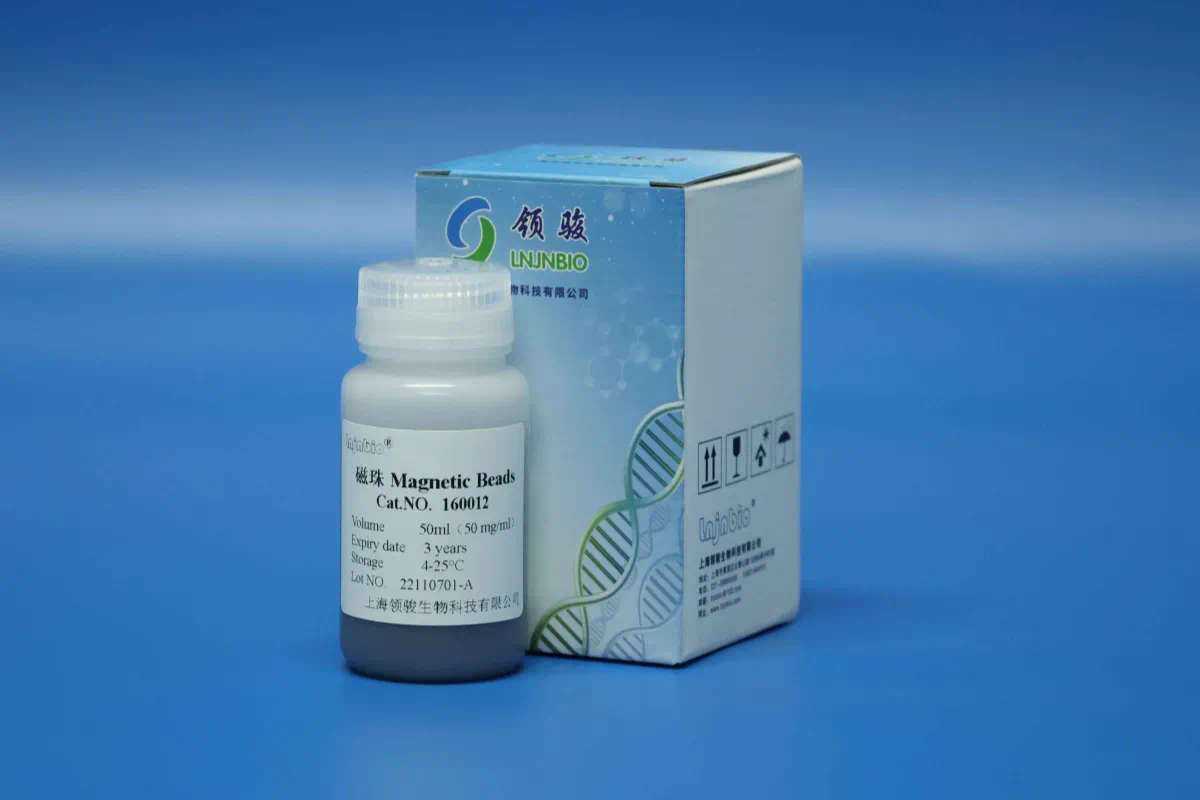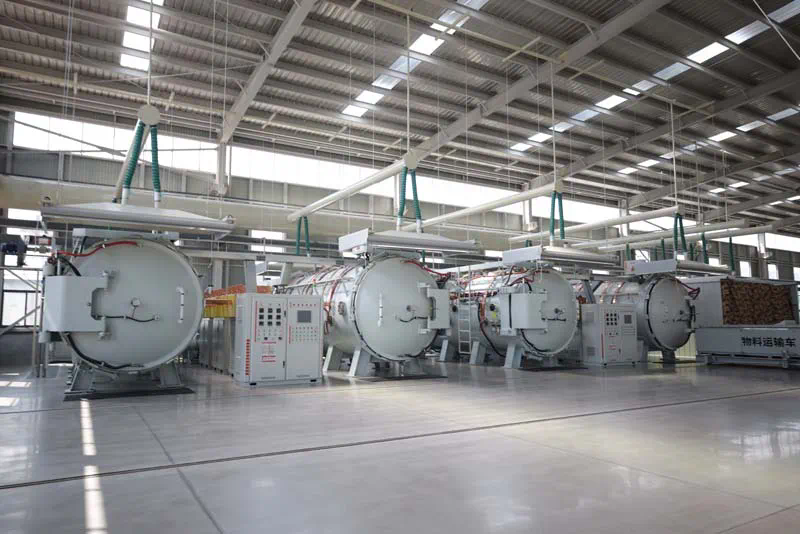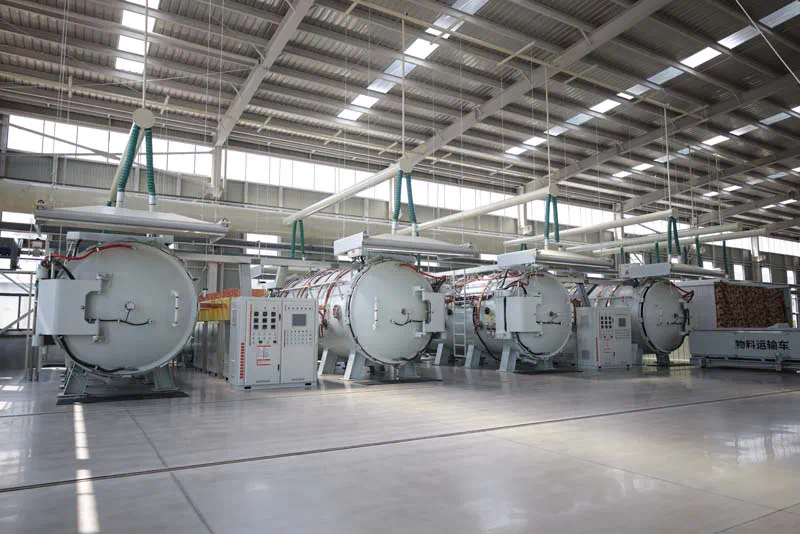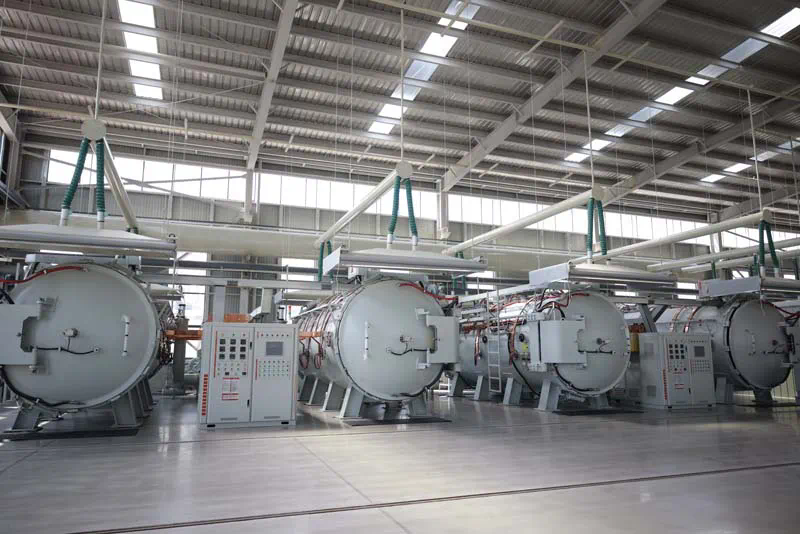Trace nucleic acid extraction is an essential process in molecular biology that involves isolating nucleic acids—DNA and RNA—from biological samples. This comprehensive analysis will delve into the methodologies, challenges, and technological advancements related to nucleic acid extraction, focusing on both DNA and RNA.
Nucleic acids are fundamental to all forms of life, serving as the blueprints for biological systems. Their extraction is pivotal in various applications, including genetic research, diagnostics, forensic science, and biotechnology. The ability to accurately and efficiently extract trace amounts of nucleic acids from various samples has significant implications for these fields.
The extraction process begins with the careful selection of a sample. Biological materials such as blood, tissue, saliva, and even environmental samples can be used. Each type of sample presents unique challenges due to the presence of contaminants, inhibitors, and the inherent complexity of biological matrices. Therefore, the choice of extraction method must be tailored to the specific characteristics of the sample.

Different extraction methods have been developed over the years, ranging from traditional phenol-chloroform extraction to modern column-based kits. The traditional method involves lysing cells to release nucleic acids, followed by separation using organic solvents. While effective, this method can be labor-intensive and hazardous. In contrast, commercial kits offer user-friendly protocols that improve safety and efficiency.
One of the most widely used techniques for DNA extraction is the silica gel membrane method. This approach utilizes the affinity of DNA for silica under certain conditions. When a sample is lysed, the nucleic acids bind to the silica as contaminants are washed away. This method is particularly advantageous for its simplicity and effectiveness in purifying high-quality DNA suitable for downstream applications such as PCR and sequencing.
RNA extraction presents additional challenges due to the inherent instability of RNA molecules compared to DNA. RNases, which are enzymes that degrade RNA, are ubiquitous in the environment, making RNA extraction particularly sensitive. To mitigate this risk, it is crucial to work in an RNase-free environment and use specialized reagents that inhibit RNase activity. Methods such as TRIzol extraction and column-based kits have become popular for RNA isolation, allowing researchers to obtain high-purity RNA for applications like qPCR and RNA sequencing.
Each extraction method has its pros and cons. While kits can provide quick and reliable results, they often come with higher costs. On the other hand, traditional methods may be more economical but require more time and expertise. As a result, researchers must weigh these factors when selecting the appropriate extraction technique.
In recent years, advancements in technology have led to the development of automated extraction systems. These systems streamline the extraction process, reducing hands-on time and minimizing the risk of contamination. Automated platforms can process multiple samples simultaneously, increasing throughput and reproducibility, which is especially important in high-stakes environments such as clinical laboratories.
Another notable advancement is the integration of microfluidics in nucleic acid extraction. Microfluidic devices enable the manipulation of small volumes of fluids, allowing for faster and more efficient separation of nucleic acids. These devices can significantly reduce reagent costs and sample volumes, making them attractive for applications where sample availability is limited.
Quality control is a critical aspect of nucleic acid extraction. The integrity and purity of extracted nucleic acids can greatly influence the success of subsequent analyses. Spectrophotometric methods, such as measuring absorbance at 260 nm and 280 nm, are commonly used to assess nucleic acid purity. A ratio of approximately 1.8 for DNA and 2.0 for RNA indicates high purity, while lower values suggest contamination.
In addition to purity assessments, quantitative analysis is essential. Techniques like quantitative PCR (qPCR) allow researchers to quantify the amount of nucleic acid present in a sample. This quantification is crucial for applications such as gene expression analysis, where the relative abundance of specific RNA species can provide insights into trace DNA extraction and purification cellular processes.
Data interpretation is another vital component of nucleic acid extraction and analysis. With the rise of next-generation sequencing (NGS), bioinformatics tools have become indispensable for analyzing large datasets generated from nucleic acid sequencing. Researchers utilize software to align sequences, identify variants, and analyze gene expression patterns, ultimately leading to meaningful biological conclusions.
The application of trace nucleic acid extraction spans diverse fields. In clinical diagnostics, the ability to extract nucleic acids from low-volume samples can aid in the early detection of diseases, including cancers and infectious diseases. Forensic science relies on efficient extraction techniques to isolate DNA from crime scene samples, enabling identification and linking suspects to criminal serum/plasma viral nucleic acid extraction activities.
Environmental monitoring has also benefited from developments in nucleic acid extraction. Researchers can now assess microbial diversity and detect pathogens in environmental samples, contributing to public health and ecological studies. The extraction of nucleic acids from ancient or degraded samples opens new avenues in archaeology and paleogenomics, providing insights into evolutionary biology.
Despite the progress made in nucleic acid extraction, challenges remain. Sample degradation, contamination, and the presence of inhibitors are persistent issues that can affect the quality of extracted nucleic acids. Ongoing research aims to address these challenges by developing more robust and efficient extraction protocols.
In conclusion, trace nucleic acid extraction is a dynamic and evolving field that plays a crucial role in modern science. With advancements in technology and methodologies, researchers are better equipped to isolate and analyze nucleic acids from various samples. As the demand for high-quality nucleic acids continues to grow, so too will the innovations in extraction techniques, ultimately enhancing our understanding of genetics and molecular biology.
https://smartfactoryinsights.com/


